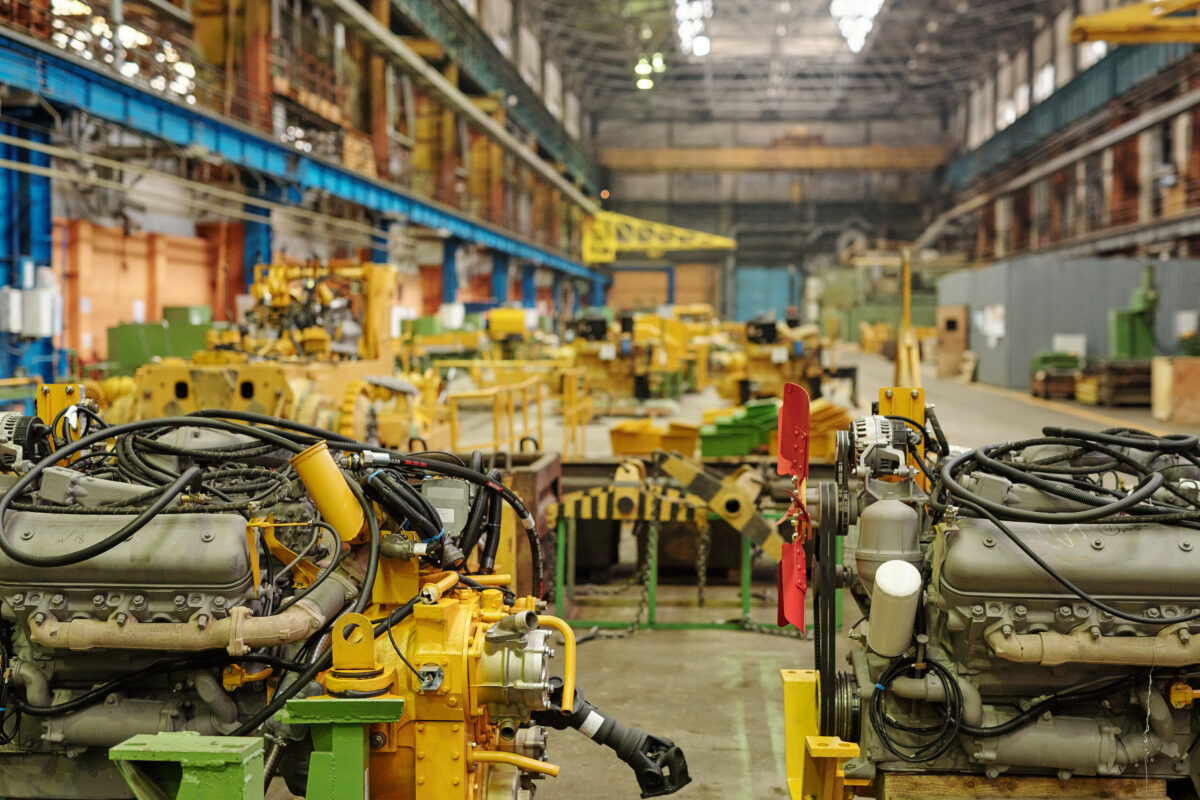As we stand on the brink of the Fourth Industrial Revolution, the landscape of work is undergoing a seismic shift. The integration of artificial intelligence (AI), robotics, and other digital technologies into the workplace is not just changing the nature of work, but also redefining the relationship between man and machine. In this context, FAT FINGER, a digital workflow procedure builder, is playing a pivotal role in empowering front-line teams to achieve operational excellence.
Automation: A Double-Edged Sword
Automation, undoubtedly, brings numerous benefits to the table. It enhances efficiency, reduces errors, and frees up human workers to focus on more complex tasks. However, it also raises concerns about job displacement. According to a report by McKinsey, up to 800 million global workers could be replaced by automation by 2030.
The Human Element: Irreplaceable and Indispensable

Despite the rapid advancements in technology, the human element remains irreplaceable. Machines lack the emotional intelligence, creativity, and critical thinking that humans possess. These skills are crucial in decision-making processes, problem-solving, and fostering relationships in the workplace.
Harmonizing Automation and the Human Element

The future of work lies not in choosing between automation and the human element, but in harmonizing the two. This is where solutions like FAT FINGER come into play. FAT FINGER allows you to build checklists, workflows, and digital procedures that unlock operational excellence. Its features include a drag & drop workflow builder, mobile & desktop workflows, dashboards, integrations, augmented reality, connect IoT devices, and artificial intelligence coaching.
Case Study: FAT FINGER in Action
Consider the case of a manufacturing company that implemented FAT FINGER to streamline its operations. The company was able to automate repetitive tasks, thereby freeing up its employees to focus on more strategic initiatives. At the same time, the AI coaching feature of FAT FINGER helped the employees improve their skills and performance. This case study clearly illustrates how automation and the human element can work together to drive operational excellence.
Preparing for the Future of Work
As we move towards a future where automation and the human element coexist, it is crucial for businesses to:
- Invest in technologies that automate repetitive tasks and enhance human capabilities.
- Provide training and development opportunities for employees to upskill and reskill.
- Create a culture that values and leverages the unique strengths of both humans and machines.
Conclusion
The future of work is not a zero-sum game between automation and the human element. Instead, it is about creating a symbiotic relationship where both can thrive. By leveraging solutions like FAT FINGER, businesses can harness the power of automation while empowering their human workforce to drive innovation and growth.
Ready to embrace the future of work? Sign up for FAT FINGER or request a demo today to see how it can transform your operations.


